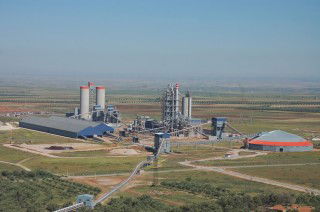The rapid capacity build-up of South Korea’s cement industry over the 1980s-1990s came to a sudden end in 1997. Since then the sector has shifted its investment focus to the sustainable production of cement, supported by the government’s drive towards carbon neutrality by 2050. By Korean Cement Association, South Korea.
South Korea’s cement industry has seen major changes in its domestic market. While investment in construction as a share of GDP was around 1-3 per cent until the 1970s, economic growth in the 1980s saw the share of construction advance to 6.6 per cent, leading to a surge in cement demand. Continued growth in the 1990s, as demand from the government and private construction sector grew, saw the share of construction in GDP reach a peak of 14 per cent and cement demand followed with a record high of 61.75Mt in 1997. However, the Asian Financial Crisis in 1997 would lead to the collapse of the domestic economy and construction industry and cement demand dropped. Further growth would not arrive until the country played host to international events such as the FIFA World Cup and the Asian Games in 2002.
